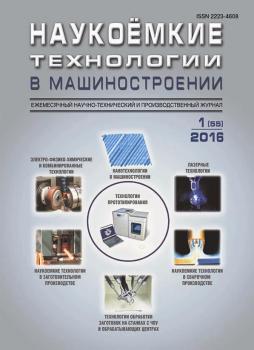This paper reports the problems considered regarding the hydrogen wear decrease in steel parts operating in hydrogen medium and, in particular, in hydrocarbon liquids. The comparative researches are carried out with samples after thermal treatment, high-vacuum annealing and ionic implantation and also after a combination of these methods. The structure of samples surface layer is investigated after a combined working and the values of micro-hardness of layers formed are given. The investigation of surface quality changes is carried out. The results of comparative abrasion tests of samples are presented. It is defined that after a combined working samples wear decreased. There are shown data on the hydrogen concentration in a surface layer of samples and the analysis of surface properties for hydrogen concentration and hydrogen wear intensity is carried out.
thermal treatment, high vacuum annealing, ionic implantation, hydrogen wear, surface quality.
1. Hydrogen Wear Protection in Friction Units / Group of authors; under the editorship of А.А. Polyakov - М.: Mechanical Engineering, 1980. - pp. 135.
2. Shalygin, М.G. Hydrogen wear and abrasion of surfaces in pump parts at hydrocarbon transfer // Construction and Road Building Machines - 2014. - № 4. - pp. 27-30.
3. Shalygin, М.G. Structure formation in surface layer of machinery by methods of high-vacuum annealing and ionic implantation // Science Intensive Technologies in Mechanical Engineering. - 2016. - № 7 (61). - pp. 10-13.
4. Syslov, А.G. Machinery Surface Layer Quality. - М.: Mechanical Engineering, 2000. - pp. 320.
5. Syslov, А.G., Shalygin, М.G., Kuznetsov, S.V. Investigation of surfaces with different machining at sub-roughness level // Science Intensive Technologies in Mechanical Engineering. - 2015. - № 9(51). - pp. 45-47.
6. Suslov, А.G., Poroshin, V.V., Shalygin, М.G., Kuznet-sov, S.V. Correlation of nano-imperfections (sub-roughness of machinery surfaces and material grain) // Science Intensive Technologies in Mechanical Engineering. - 2015. - № 11(53). - pp. 3-7.















